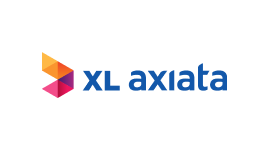Deep Autoencoders
A deep autoencoder is a type of artificial neural network trained to compress and autonomically reconstruct the input. The worse the autoencoder reconstruction, the more likely it is that an analyzed instance is an anomaly or a potentially fraudulent activity. These networks allow for an unsupervised learning process, where no historical fraud instances are necessary to create a useful fraud detection model. However, if they do exist, provided data may positively impact the overall reliability of the model.
Reinforcement Learning
Reinforcement Learning (RL) is an area of Machine Learning in which technology is used to create semi-autonomous models that attempt to find the most optimal way to achieve a given goal. It was incorporated into our solution as a collection of methods for testing the loyalty business rules and looking for potential loopholes and vulnerabilities.
Clustering Methods
Clustering methods group member accounts with similar histories of interactions. This includes models like DB-Scan, kNN, GMM, etc. Detected groups are then used as input to the ensemble classification model. Clustering boosts the overall reliability of the fraud detection module and reduces the number of false positives as the neural network training process operates on a smaller and more consistent dataset.















































